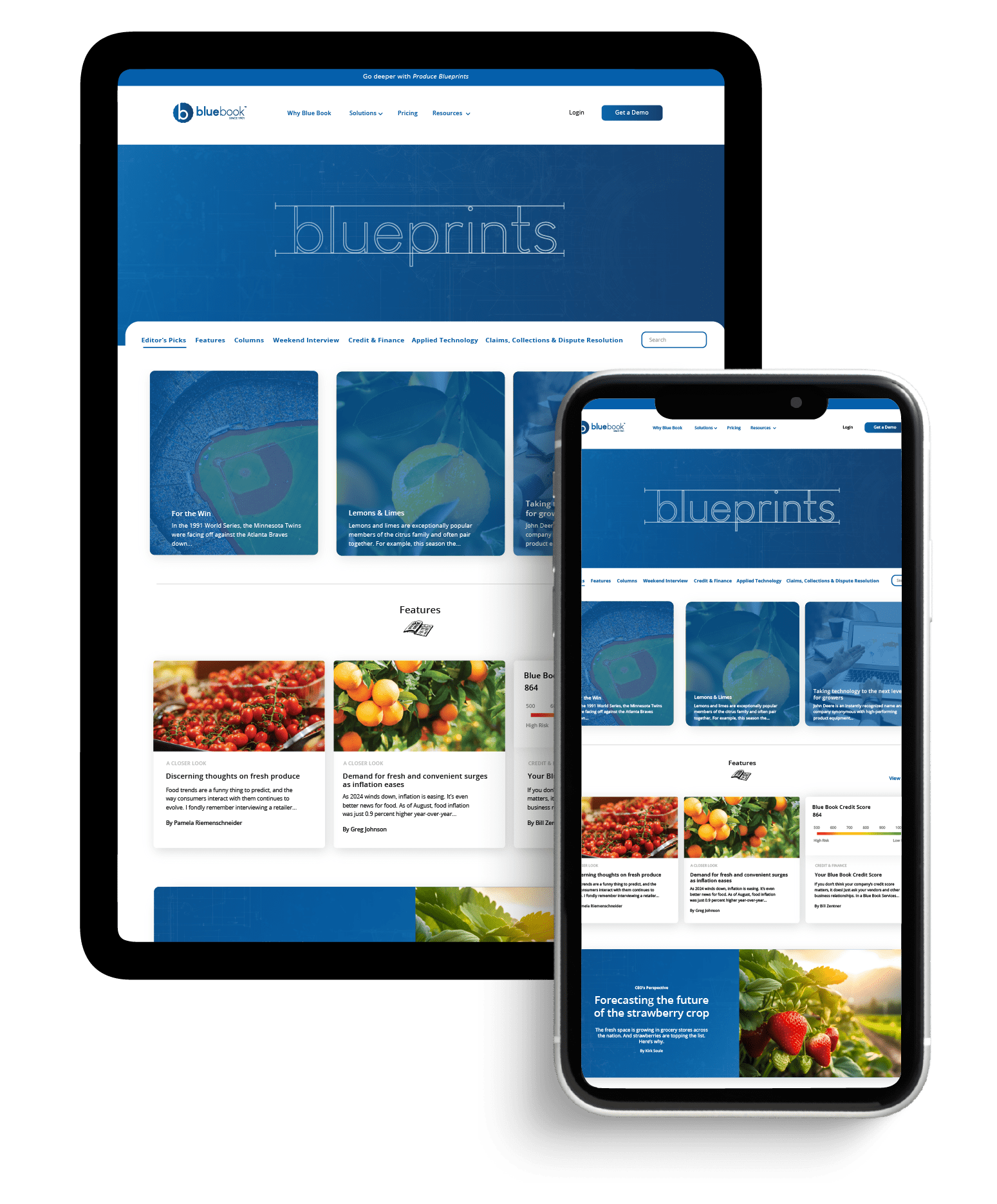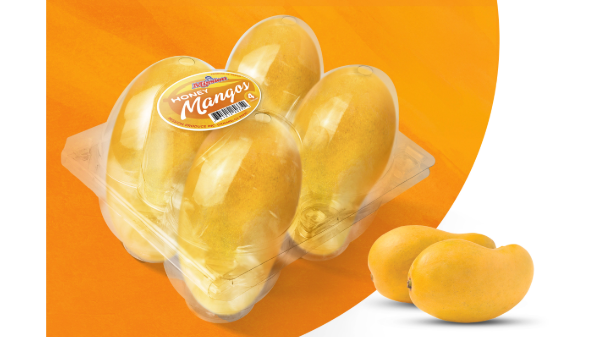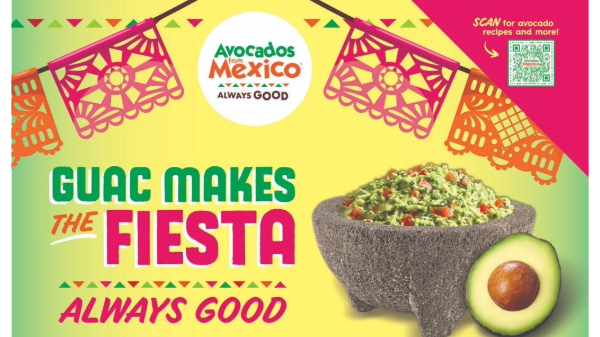During the cold depths of January, not much grows in the northeastern half of the United States except icicles and cabin fever. Even so, winter-weary shoppers can stroll down the produce aisle of local supermarkets and marvel at the selection of fresh grapes, plums, apples, kiwis, avocados, and more. Twenty years ago, access to such commodities during North American winters was rare. But thanks in large part to Chile—and its not-so-little economic engine that could—fresh produce is available even on the shortest day of the year.
Land Of Plenty
Exporting its homegrown product to the world has catapulted Chile into the international spotlight, making it a key player in the global food supply chain. By all accounts, it is one of the most geographically diverse countries in the world. Bounded by high-altitude desert to the north, the Andes mountains to the east, glaciers and alpine tundra to the south, and the Pacific Ocean to the west, Chile enjoys a range of climates from subtropical to subpolar.
But it’s the Mediterranean climate across the country’s middle—the same latitude south as California is north—that has helped turn Chile into a South American economic powerhouse.
Tom Tjerandsen, recently retired marketing manager for the Chilean Fresh Fruit Association, says the climate is not only conducive to growth, but “has fueled a boom in demand for our produce.”
‘Boom’ is an understatement. According to Barbara Rodriguez Peede, trade advisor at ProChile, the country’s trade commission, Chile is the leading fruit exporter to other countries within the Southern Hemisphere and accounts for nearly 60 percent of the region’s overall production.
Chile ships fruits to 100 countries around the globe and was the eleventh-biggest supplier of agricultural products—about $2.4 billion worth—to the United States in 2011. More specifically, there were exports of $1.3 billion in fresh fruit and $232 million in processed fruit and vegetables. From November through April, the world’s longest country (at 2,700 miles or 4,300 kilometers) supplies North America with 15 percent of all its fruit sales—a relatively recent development.
Advent Of Change
Back in 1990, after enduring more than 15 years of military dictatorship, Chilean voters swept a democratically-elected president, Patricio Aylwin, into office. Aylwin set about reconstructing the country, its economy, educational system, tax code, and especially its image abroad. It was then that business began growing, both for companies already there and for those interested in coming to its shores. Today’s Chile, says Rodriguez, “has a fast-growing, stable economy with a diverse portfolio of produce to offer.”
Tom Kovacevich, of Philadelphia-based T.M. Kovacevich-Philadelphia, Inc., has been buying Chilean fruit, largely grapes and stone fruit, for the company since 1990. “When we started buying, it was one or two pallets at a time and sweating out whether we would be able to sell them,” he says. “Now we buy trailer loads daily.”








